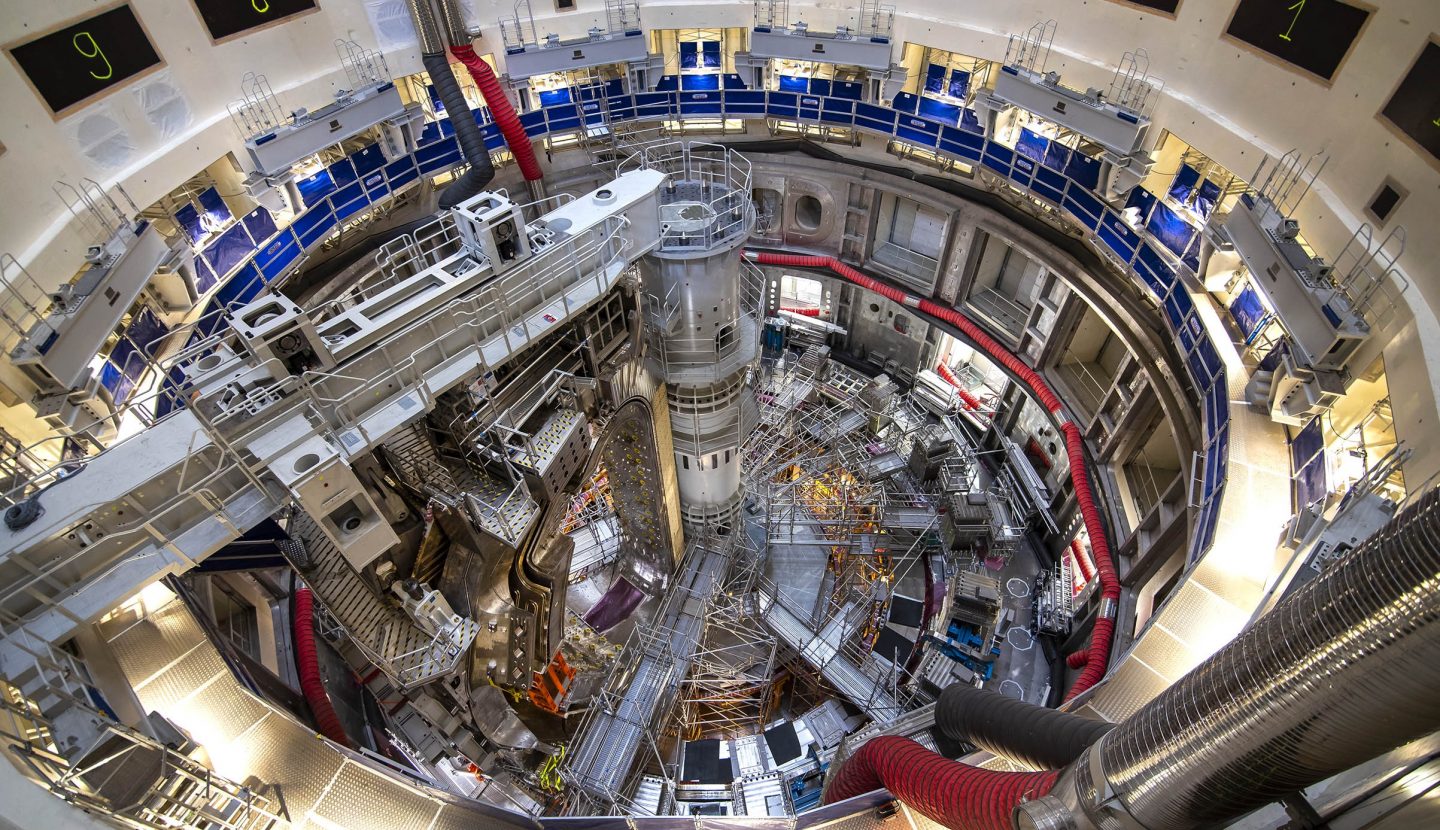Novatron Fusion Group joined the world’s leading fusion energy scientists and engineers for an historic event at ITER – France’s international fusion energy megaproject.
More than 350 delegates, including representatives from more than 30 private sector fusion start-ups, converged on ITER for the 3-day event to discuss achievements, challenges, and ideas for ITER to support fusion initiatives.
The International Thermonuclear Experimental Reactor (ITER) project agreement was formally signed in 2006 by the US, EU, Russia, China, India, and South Korea at the Elysée Palace in Paris. Regarded as the most complex machine ever built, more than 30 countries are collaborating to build the device.
Novatron Fusion Group Co-Founder and Chairman Erik Oden was joined by Mechanical Design Engineer Josefin Snöbohm for the unprecedented workshop in Cadarache, staged earlier this week, with ITER largely taking the role of ‘listener’. The agenda saw Novatron Fusion Group joining a panel discussion on ‘Innovative Fusion Approaches’ followed by worksite tours, discussions with experts, and brainstorming sessions on how to optimize collaboration while remaining focused on ITER’s central mission.
The workshop is a first step, responding to a request from the ITER Council last November. For the Council to call for engagement with private sector fusion initiatives is, in itself, a recognition of the changing fusion R&D landscape. The nature and scope of that engagement is still to be determined.
Optimally, the goal would be to take advantage of the complementarity in public and private initiatives. ITER remains a convergent national lab for all its Members, designed to enable repeatable experiments and long-term testing at industrial scale. By contrast, the private sector can offer smaller scale, more agile initiatives—leading to enabling technologies, new physics, innovative materials, and concepts that involve a higher risk of failure.
Over time, the ambition is for this collaboration to lead to a “joint public-private narrative”—and, more importantly, a cross-sector approach to fusion innovation—in which the breakdown of information silos and the consolidation of knowledge can drive success.





